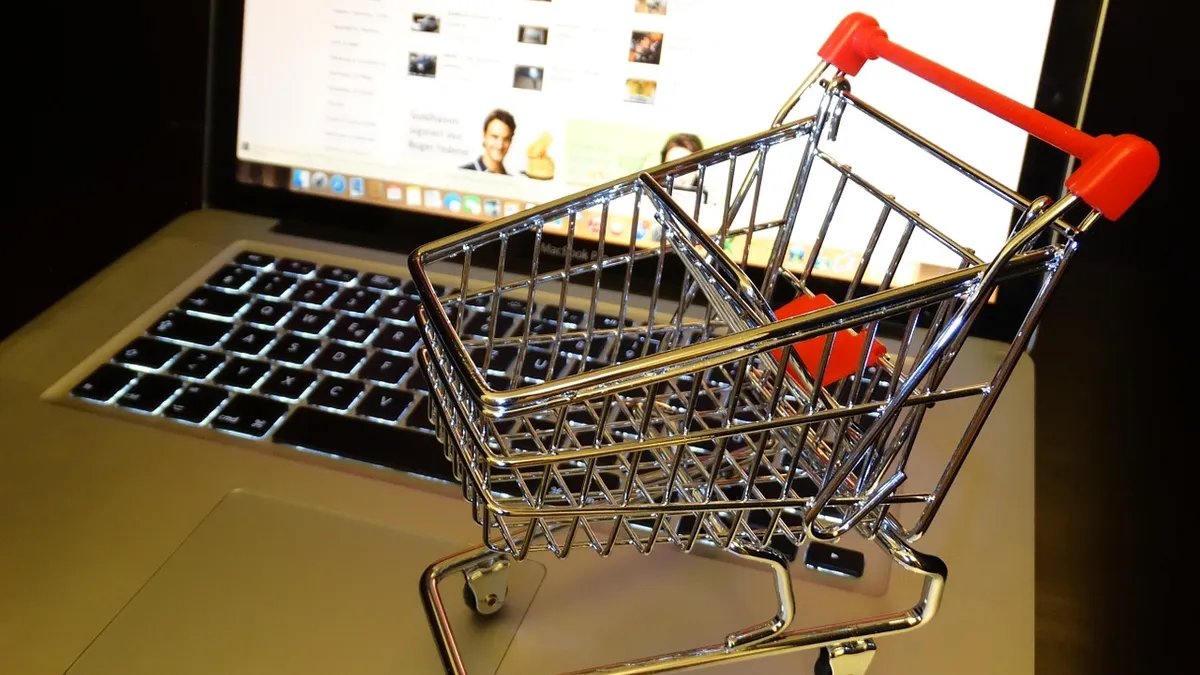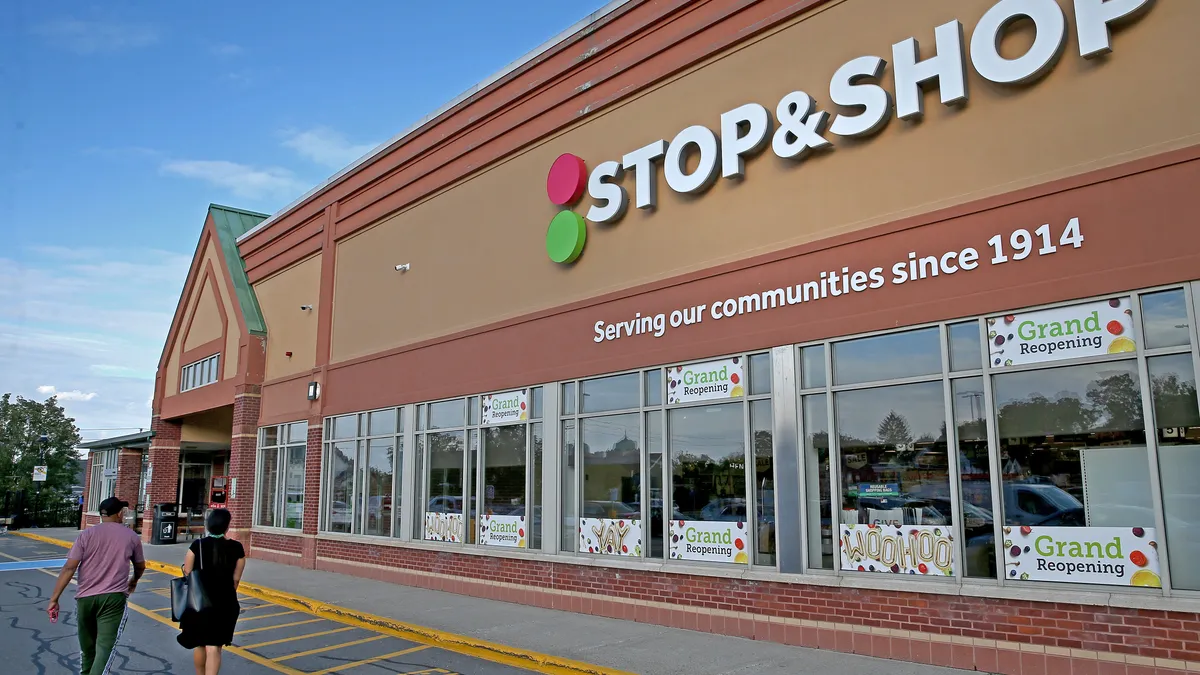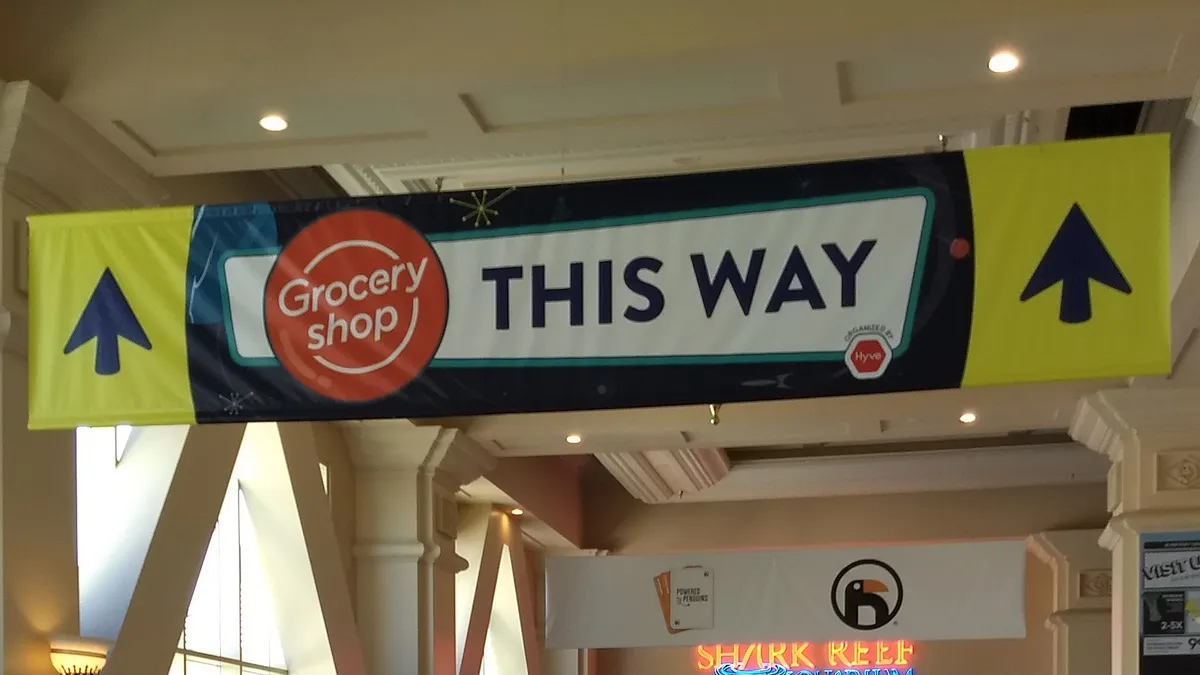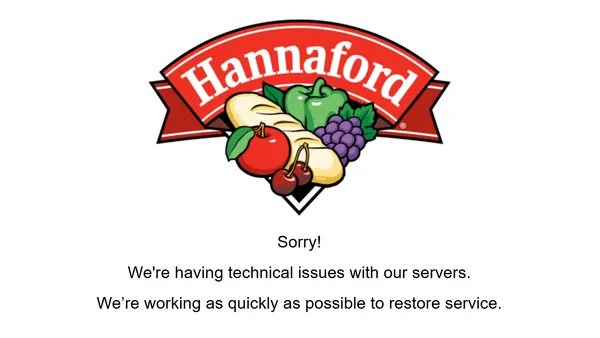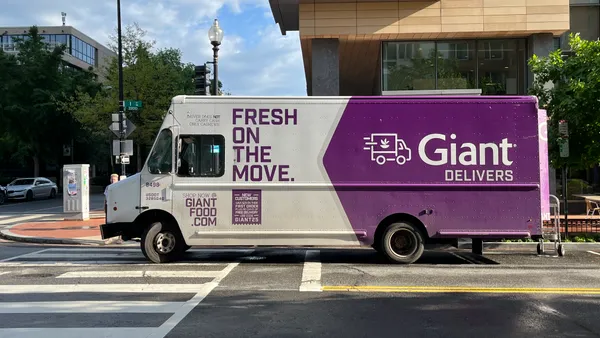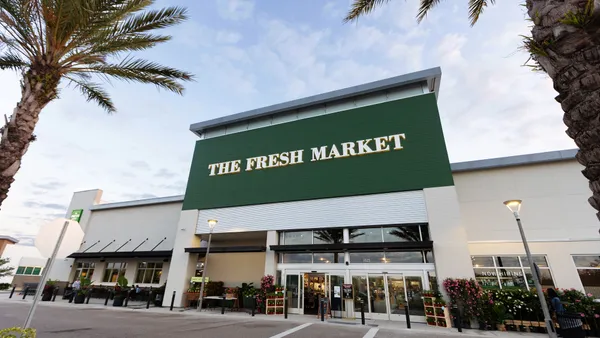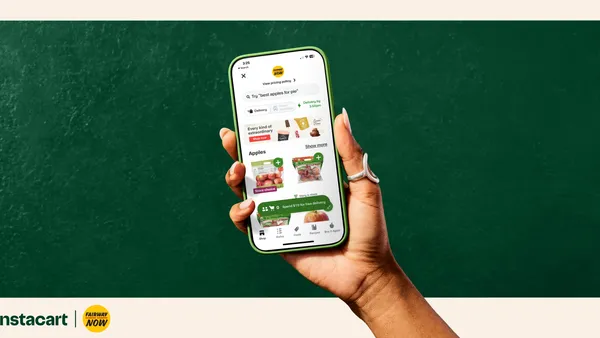Dive Brief:
- As the grocery industry prepares for rapid e-commerce growth, which is expected to triple in the next decade, grocers have an opportunity address the convenience gap that exists between online and offline shopping, according to a new report from Bain & Company and Google. The report estimates e-commerce constitutes just a 3% share of total grocery sales.
- Only 42% of shoppers who have purchased groceries online in the past year say that the online experience saves time, the report finds, and a majority of U.S. shoppers still prefer to go into brick-and-mortar stores. However, online shopping appears to get easier when repeated, with 63% of shoppers who reported grocery shopping online three times saying it saves time.
- Among shoppers who haven’t used an online grocery service in the past year, 96% say they’d try a traditional brick-and-mortar grocer first for online shopping, and 85% would use a store they already visit – showing the powerful advantage that traditional grocers have in building e-commerce share. Winning customers early matters, too, because of those who shop online, 75% report they are still using the first online grocer they tried.
Dive Insight:
Although the number of retailers offering e-commerce is going up, online shopping is not yet seamless or intuitive for a majority of consumers. The research from Bain and Google shows that friction exists primarily in the online browsing and shopping phase, where customers report difficulty finding the products they want because of irrelevant search results, trouble with filters and product recommendations that don’t meet their needs. Combined, these issues have caused many shoppers to find the process time-consuming and, as a result, find it easier to keep going to the store.
While brick-and-mortar retailers have had years to refine and optimize their store layouts and product placement and customers have had years of experience shopping in store, online grocery is still new for many. Many brick-and-mortar retailers are implementing their first e-commerce sites and mobile tools, or are still using early iterations. It's going to take time for retailers to gather feedback on what customers want and to find the technology that’s going to deliver the right experience.
One of the key findings in the report is that customers say online grocery shopping gets easier every time they use it. This is likely due to shoppers’ increasing familiarity with the tools combined with retailers’ ability to personalize the e-commerce experience based on past purchases. In time, e-commerce technology will become more user-friendly and shopper data will help retailers deliver a customized experience.
To deliver convenience and create a seamless experience, the report suggests that grocers evaluate the end-to-end online shopping trip, including the planning process. Shoppers reported relying on analog tools such as hand-written shopping lists, but voice assistants and grocery apps can help move shoppers to more digital-based planning. While few people have adopted voice assistants for online shopping, about 66% of grocery shoppers who do use them say they use the tool weekly, or more frequently, for grocery planning. Mobile apps can also aid in list-building, coupon clipping and trip planning, the report says.
Bain and Google recommend retailers reimagine every step of the online shopping process with cutting-edge tools that offer product details and insights that wouldn’t be available in-store. There’s no shortage of technology to try, with e-commerce automation, augmented reality and voice-activated shopping all available to retailers who want to innovate.
Walmart has filed a patent for virtual reality headsets that and sensory gloves would allow shoppers to experience the store at home, helping them to see and “feel” their groceries. Kroger and Peapod have incorporated voice-ordering technology to make it easier for shoppers to add products to their grocery carts. Stop & Shop, Sedano's and Albertsons have turned to automated warehouses to speed up online grocery fulfillment. Target, which continues to offer more same-day delivery through Shipt, is recognized among consumers as one of the best when it comes to shopping via app.
According to the report, most grocery shopping will still take place in brick-and-mortar stores by 2030, but many shoppers will move some part of their grocery experience online. The Food Marketing Institute and Nielsen note that innovation and widespread availability will accelerate demand, with sales hitting $100 billion within the next three years.
If grocery retailers can improve technology, convince customers to make repeat e-commerce purchases and provide functional digital tools to help them move online, they will have a higher chance of gaining market share and earning repeat customers.



